By _shalini oraon

Is Delhi BJP Govt Playing with Fire on Crackers? The Test Comes Today
The air in Delhi on the morning of Diwali is never just air. It is a palpable, thickening broth, laden with anticipation, devotion, and, increasingly, with a profound sense of dread. This year, however, the political atmosphere was even more charged than the chemical one. The decision of the Lieutenant Governor Vinai Kumar Saxena, appointed by the central BJP government, to overturn the Delhi government’s complete ban on firecrackers and instead enforce a “only green crackers” regime was a political gambit of the highest order. It pitched deep-seated religious traditions against the stark reality of a public health emergency, leaving the citizens of Delhi as the unwitting test subjects in a high-stakes experiment. The question hanging in the hazy air was stark: Is the Delhi BJP government playing with fire? The ultimate test was not in the courts or the news studios, but on the day itself—today.
The Political Tinderbox: Ban vs. Regulation
The stage for this confrontation was set by the long-standing political tussle between the Aam Aadmi Party (AAP)-led Delhi government and the Centre-appointed Lieutenant Governor. The AAP government, citing the catastrophic annual air pollution crisis that turns the city into a “gas chamber,” has historically advocated for a complete ban on all firecrackers. This position, while medically sound, has often been framed by its political opponents as an attack on Hindu traditions and festivals.
The BJP, both at the centre and in its role through the LG, seized this narrative. By overturning the blanket ban and permitting “green crackers” for a limited window, they positioned themselves as the defenders of faith and cultural expression. It was a masterstroke of political messaging, forcing the AAP into a defensive position where arguing for public health could be misconstrued as being anti-festival. The move was less about the crackers themselves and more about claiming ownership of a potent cultural symbol. In the high-stakes game of identity politics, the BJP appeared to be betting that the votes of those who prioritize religious expression would outweigh the anger of those choking on its consequences.
The “Green Crackers” Mirage: A Scientific and Enforcement Nightmare
The central pillar of the LG’s order—and its greatest vulnerability—was the reliance on “green crackers.” These are theoretically designed to be less polluting than conventional ones, emitting 30% less particulate matter and using fewer harmful chemicals. However, the concept runs into two monumental problems on the ground: awareness and enforcement.
First, the term “green cracker” is largely meaningless to the average consumer. There is no obvious visual identifier. The on-paper distinctions—such as QR codes or specific chemical compositions—are impossible to verify in the chaotic, bustling markets where firecrackers are sold. In the days leading up to Diwali, markets were flooded with boxes labelled “green,” but with little to no oversight to confirm their authenticity. It created a smokescreen, allowing vendors to sell conventional, highly polluting firecrackers under a green veneer, providing plausible deniability to all parties involved.
Second, the enforcement of such a nuanced policy is a logistical nightmare. Delhi’s police force, which is under the control of the Union Home Ministry, is already stretched thin. The idea that they could effectively patrol every neighborhood, verify the chemical composition of every lit firecracker, and distinguish a permitted “green” one from a banned traditional one in the dark is fanciful at best. This enforcement gap created a policy that was, in practice, a de facto permission for all crackers, green or otherwise. The government was passing the buck of responsibility onto the police and the public, while reaping the political benefits of being seen as festival-friendly.
The Day of Reckoning: Public Health on the Line
And so, the test arrived. As dusk fell on Diwali, the explosions began—not sporadic, but in a relentless, deafening crescendo. The sky lit up with flashes of light, and the familiar, suffocating smell of gunpowder and sulfur began to permeate everything. From crowded colonies to affluent suburbs, the scene was largely indistinguishable from previous years. The distinction between “green” and conventional crackers had collapsed entirely in the public’s execution.
The real data would come the next morning, from the readings of the Central Pollution Control Board (CPCB). The Air Quality Index (AQI), which had been hovering in the “very poor” category, was poised to plunge into the “severe” zone, and potentially, to “severe plus” or “emergency” levels. The concentration of PM2.5—microscopic particles that lodge deep in the lungs and enter the bloodstream—was expected to skyrocket, becoming a cocktail of toxic metals and carcinogens.
The human cost of this political decision would be borne by the most vulnerable: the elderly, children, and those with pre-existing respiratory and cardiac conditions. Hospitals in the National Capital Region would brace for a surge in patients complaining of breathlessness, wheezing, and aggravated asthma. For them, the political debate was irrelevant; the physical suffering was terrifyingly real. The government was not just playing with political fire; it was playing with the literal lung health of millions of its citizens.
Conclusion: A Pyrrhic Victory and a Cautionary Tale
In the days following Diwali, as the pollution graphs spike and the political blame-game intensifies, the verdict will become clear. If the air quality collapses to unprecedented, hazardous levels, the BJP’s calculated risk may prove to be a Pyrrhic victory. The short-term political gains from being seen as pro-festival could be swiftly eroded by a massive public health backlash and the visual of a city choking on the consequences of its policy.
The episode serves as a cautionary tale for governance in the 21st century, where complex scientific challenges are increasingly reduced to simplistic political binaries. It highlights the failure of a top-down approach that prioritizes political messaging over practical, enforceable solutions. A genuine solution to Delhi’s pollution crisis requires not political grandstanding, but a year-round, multi-faceted strategy addressing stubble burning, vehicular emissions, industrial pollution, and construction dust, coupled with a sincere, public awareness campaign to evolve traditions.
The BJP government, through the LG, chose to light a fuse on Diwali. The test today is not just about air quality metrics, but about accountability. The people of Delhi are now waiting to see if the political cost of playing with fire will eventually burn those who struck the match.
Discover more from AMERICA NEWS WORLD
Subscribe to get the latest posts sent to your email.
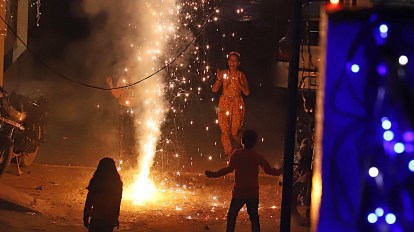



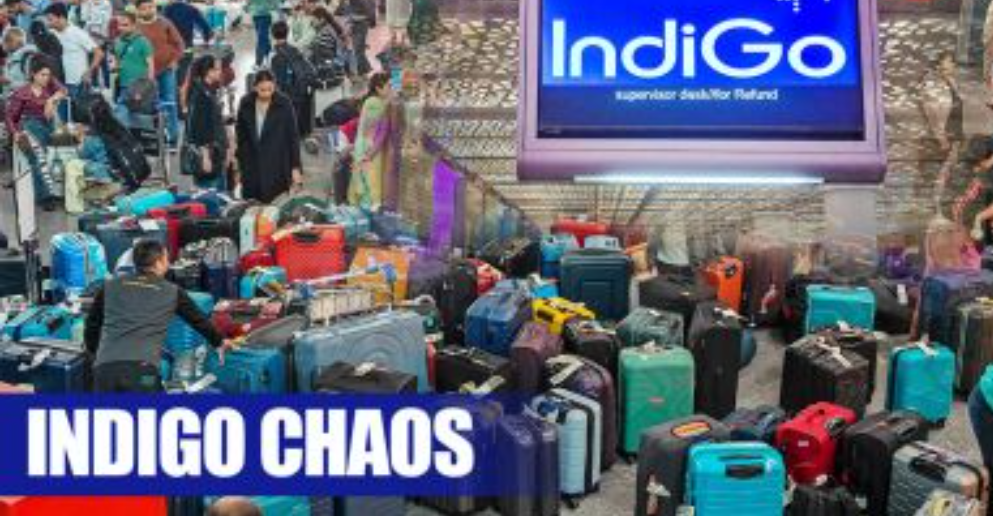
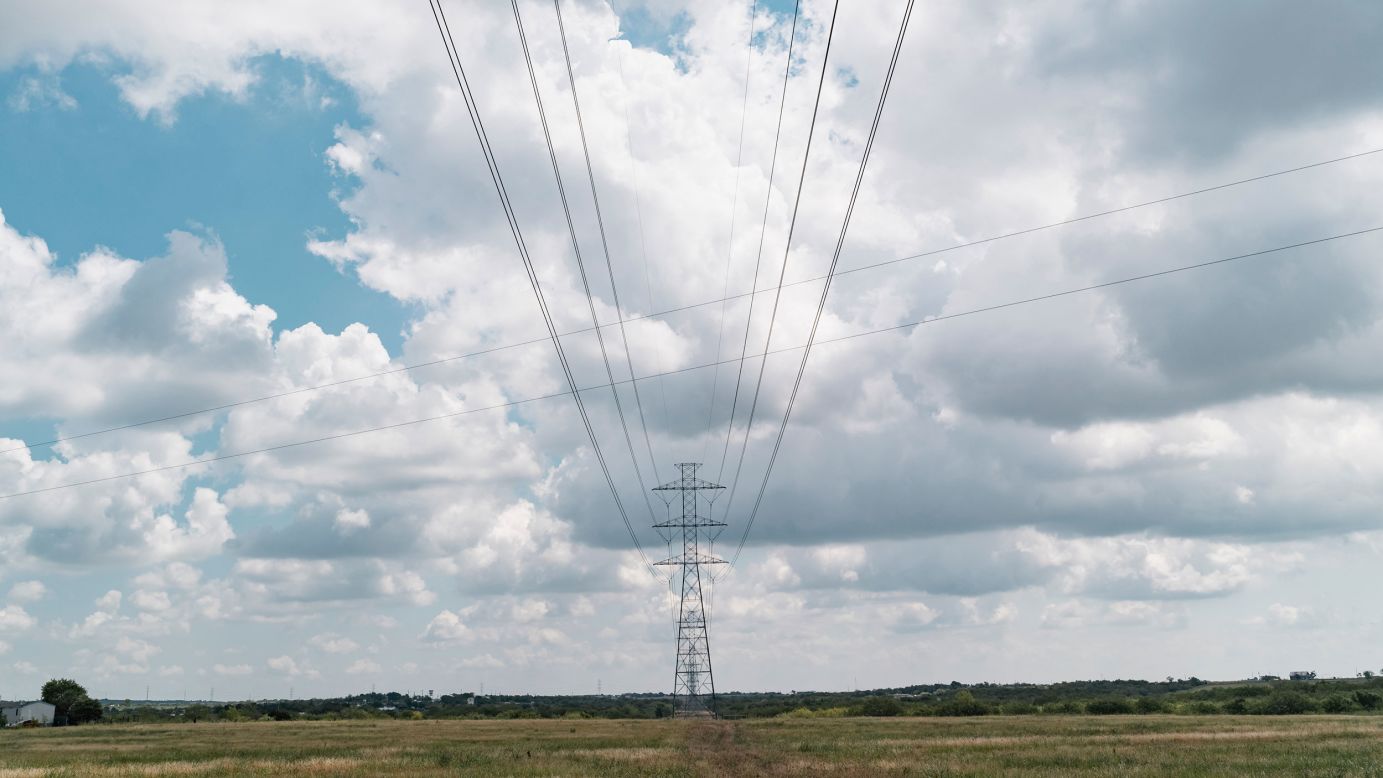


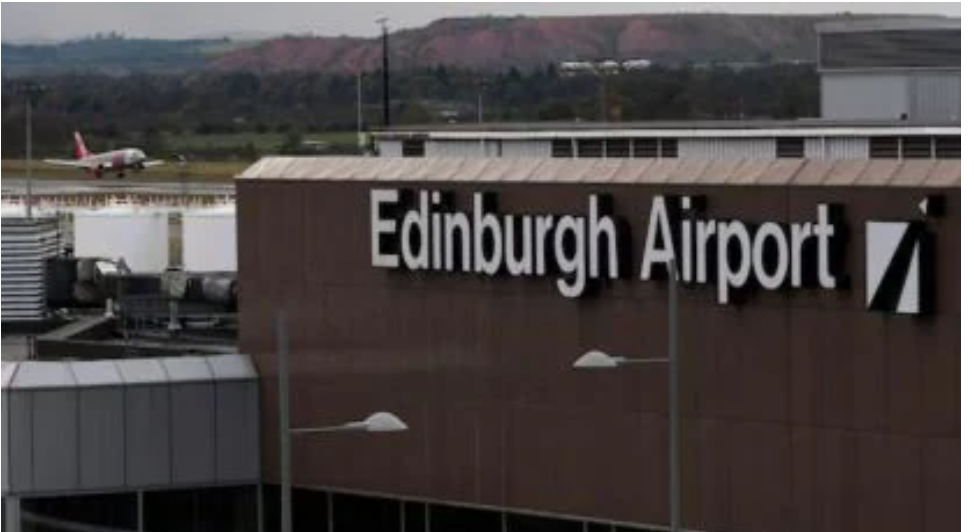


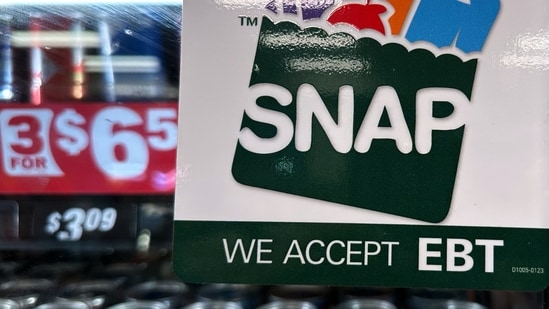






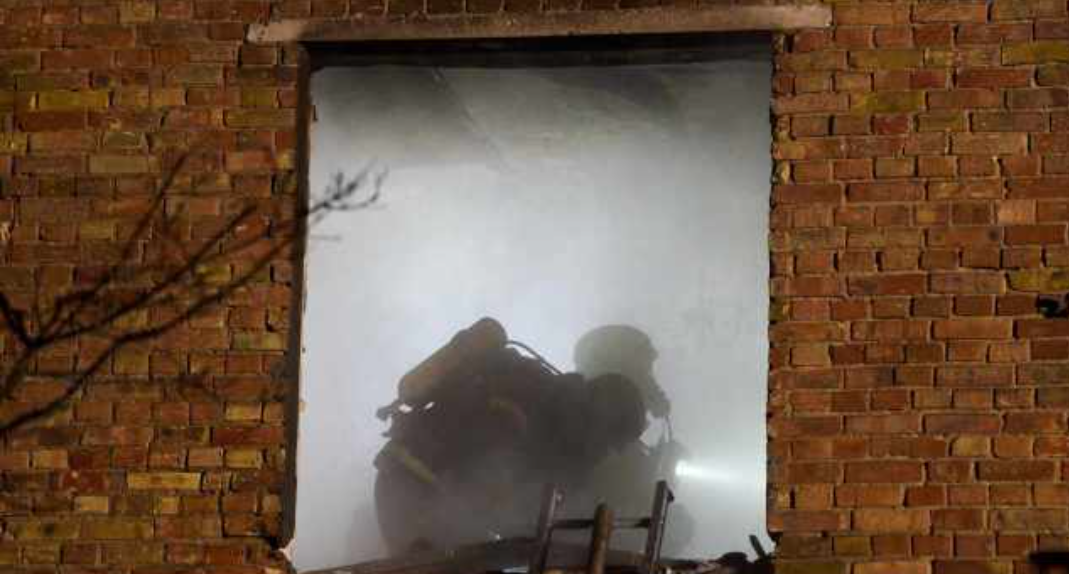
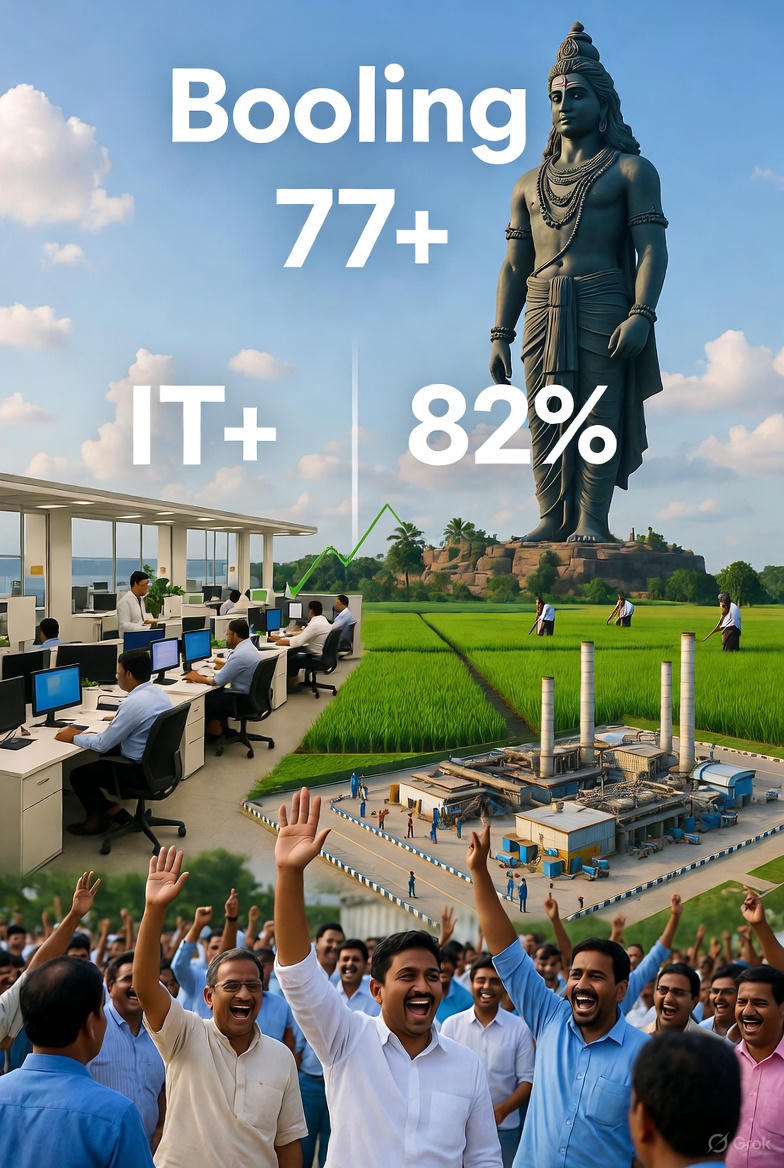






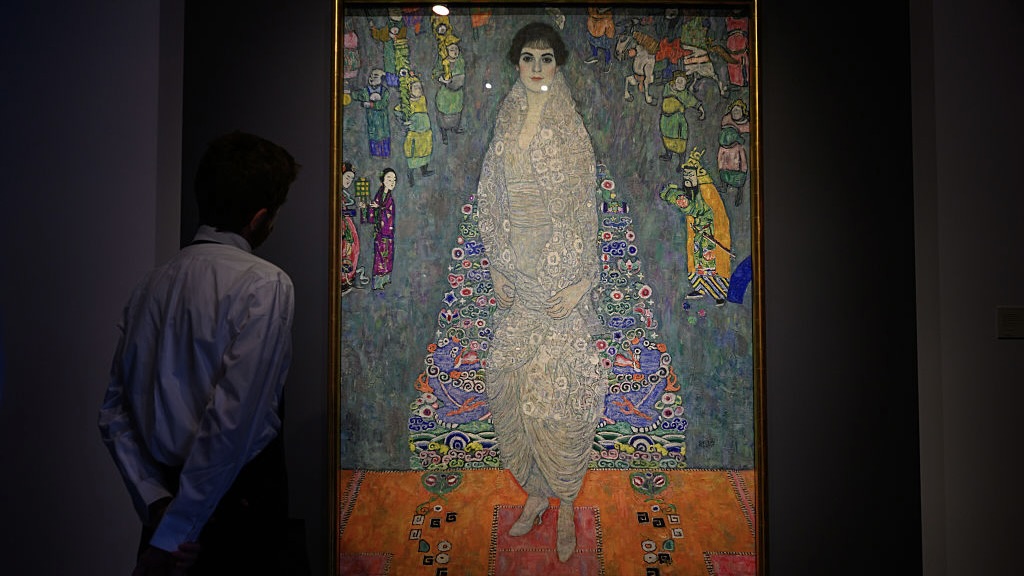





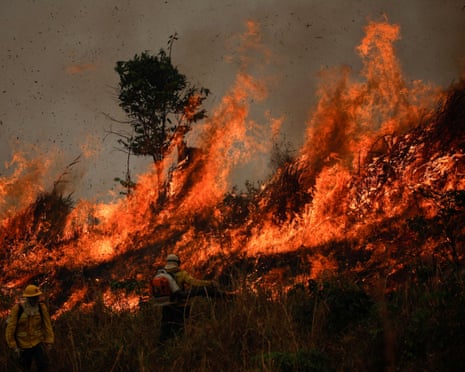
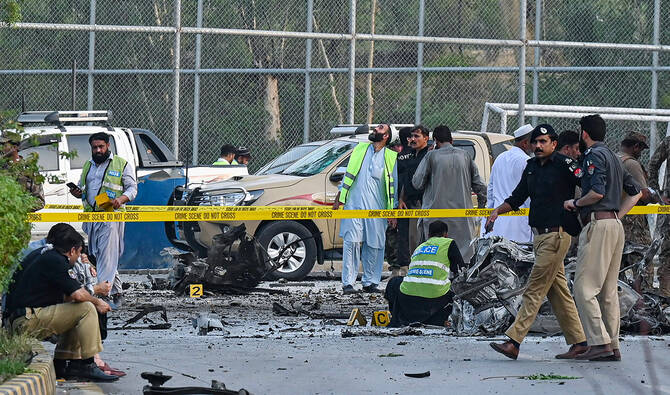


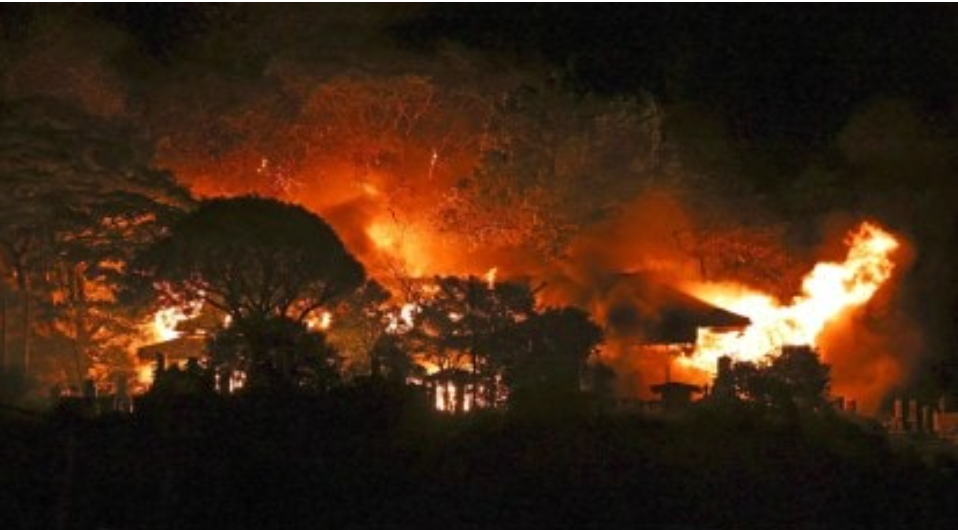


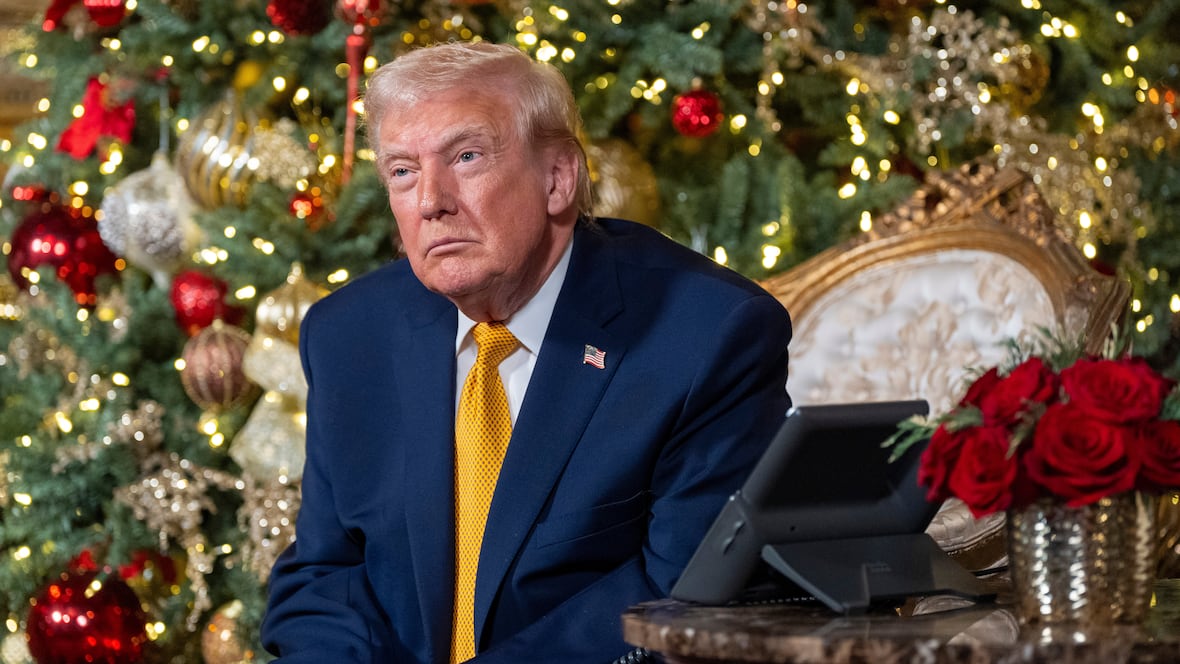

Leave a Reply